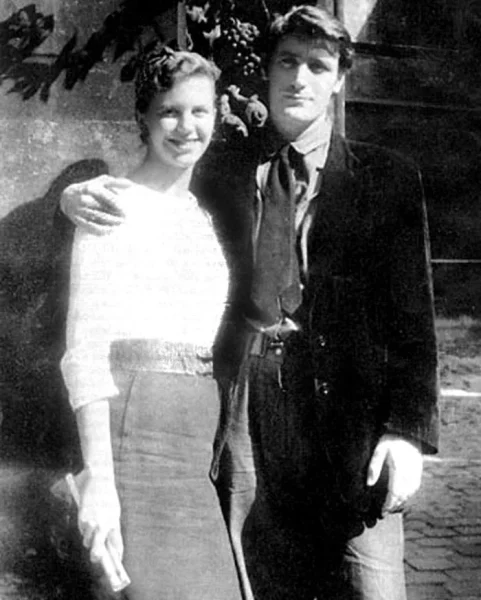How Safe is Anesthesia?
April 12, 2021
Anesthesia is the state of a controlled temporary loss of awareness or sensation. This is induced for medical purposes. The state of being under anesthesia is referred to as “anesthetized.” General anesthesia does cause temporary paralysis which relaxes the muscles which is meant to make the surgery easier for doctors.
Anesthesia was first discovered by a dentist who goes by the name of William T.G. Morton. He discovered anesthesia to find a better agent then what had been used at the time (nitrous oxide). The human body takes up to a week to eliminate medicines from the body, but 24 hours to stop noticing effects of anesthesia. Doctors recommend individuals who have been anesthetized should not do extreme activities, make important decisions, or drive a car for 24 hours after surgery.
There are four stages of general anesthesia; stage 1:delirium, stage 2:surgical anesthesia, stage 3:respiratory arrest, stage 4:anesthesia goes deeper and the patient is completely unaware of surroundings. All stages happen within 30 seconds. Anesthesiologists deliver the anesthesia medications through an intravenous line (IV) in your arm. Children are usually given a gas to inhale through a mask which is preferred for children considering injecting the anesthesia through the IV is painful and may sting/burn although that is completely normal.
Once you are asleep, the anesthesiologist inserts a tube in your mouth down your windpipe. It is important not to wear any types of face makeup, creams, retinoids, or moisturizer on the face. This is because the breathing tube is held in place by two pieces of medical grade tape on your face. If you have any extra product on the face it could cause a buildup of oils and possibly cause the tape to slide which intentionally moves the tube which can then lead to a choking hazard. But don’t worry, this is highly unlikely to happen because there are doctors, nurses and the anesthesiologists monitoring every second. Dark nail polish and acrylic nails can also raise some slight problems in the operating room. When you are asleep and being operated on, it is important for nurses to watch for blood flow and blood clots. This can of course be monitored by a machine but a quick way to tell if blood is circulating correctly is through the nails. When you start to lose circulation to an area, the area becomes a dark purple color. This can be seen through the nails on your fingers ; therefore, if you are in the operating room and have a dark nail polish on (purple, red, black, navy blue etc.) this can alter the view of the nails and the doctors would have to locate your oxygen levels elsewhere on the body.
Another task an Anesthesiologist takes care of is taping your eyes in the OR. Before your surgery you may be told to remove any false eyelashes, eyelash extensions or mascara. This is not because of looks it is also a safety precaution just like the makeup and nails. When asleep or under general anesthesia, your eyes don’t tend to stay closed on their own. Especially in a deep sleep like anesthesia. For this reason in the operating room, they tape your eyes shut to prevent the eyes from opening and rolling back into the head. The eyes rolling back and not staying shut can cause a corneal abrasion which is when a scratch to the eyeball is made which easily gets infected. Any type of extra oils or product on the lashes can cause the tape to slip, just like the face with the breathing tube. Something that lets the doctors know if you still have a pulse and a blood pressure is called a pulse modulation for the pulse oximeter. The Tone modulation pairs a sound to the pulse oximeter waveform. As oxygen levels rise and fall anesthesiologists and nurses can actually hear it without looking at the monitor because of the changes in pitch. Anesthesiologists also can give nerve blocks, catheters, epidurals and can run IVs.
Overall, when going to a surgery appointment there should be nothing to worry about when you are under anesthesia. The doctors have you absolutely taken care of all the time. Big thank you to all anesthesiologists for inducing the best naps in the world.









